Camping is a great way to spend time outdoors and enjoy nature. It can also be a fun and exciting adventure. However, if you're not prepared, camping can also be dangerous. That's why it's important to know some basic knots that can help you in various situations while camping.
You might think that there is only one type of camping knot, but in reality there are several different kinds. Here is a list of the most common types and uses:
- Taut-Line Hitch - for tying tent guylines
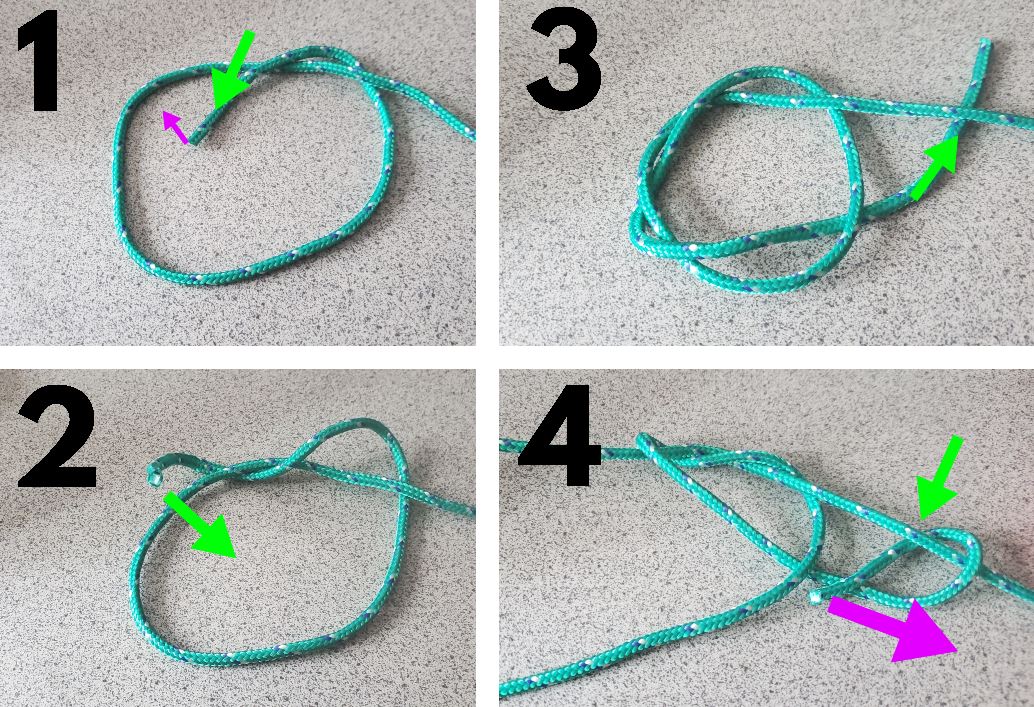
Mainly used to secure tents, the Taut-Line Hitch is a knot that's extremely easy to tie and pretty secure. To tie this knot, simply make a loop in one end of a rope and pull a bight through it in the same direction as the working end. Then pull tight in whichever direction you want your line to be pulled in. Many campers choose this type of knot over other because of the speed it takes to tie.
- Bowline knot - for attaching yourself to a boat, hanging food bag or other bowline knot
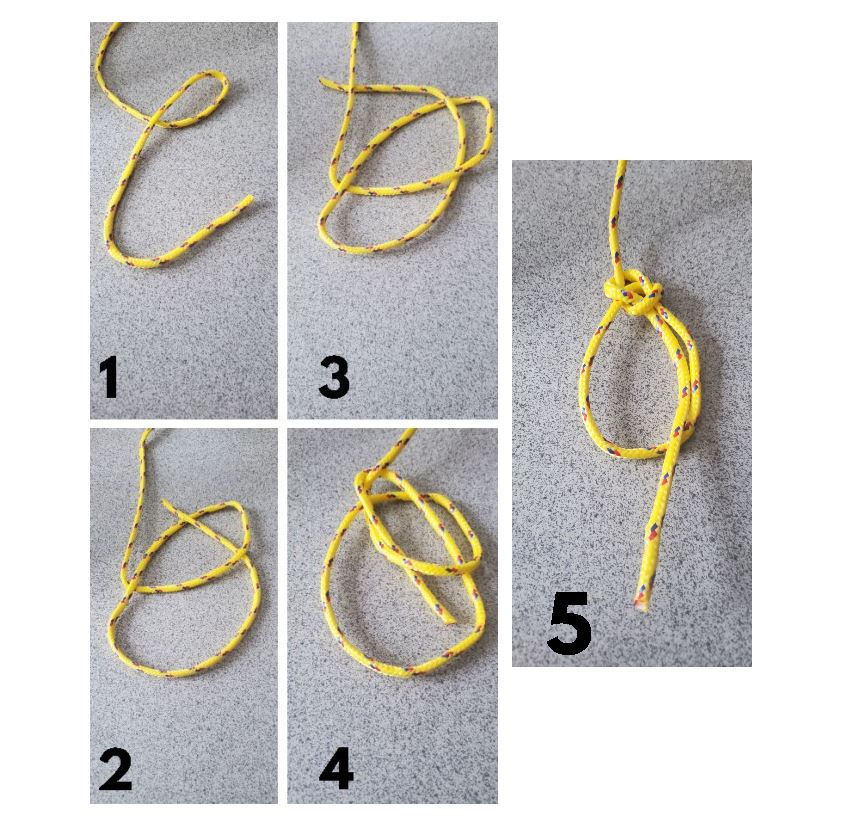
The Bowline Knot is probably the most well-known knot that you should know when camping! The advantage of this simple hitch is that it's easy to untie after being loaded, which can't be said for other knots. It also provides security under heavy loads by forming an upper loop around the standing part of the rope and cinching down on itself. To tie, first make a small loop in one end of the rope with the working end facing away from you.
Form another loop in front of it with the working end facing towards you and feed through the first loop without trapping any other part of the line. Loop it around again in front of the second loop and once more through your initial loop facing you, trapping all three parts of the standing end in this middle section. Put it underneath the bight that is forming in front where your lines are crossed and then feed under itself to create a double-loop with one bight on each side. Pull up on both ends equally to tighten before throwing over or clamping down on a fixed object such as a tree trunk.
- The Square Knot - for joining two ropes together
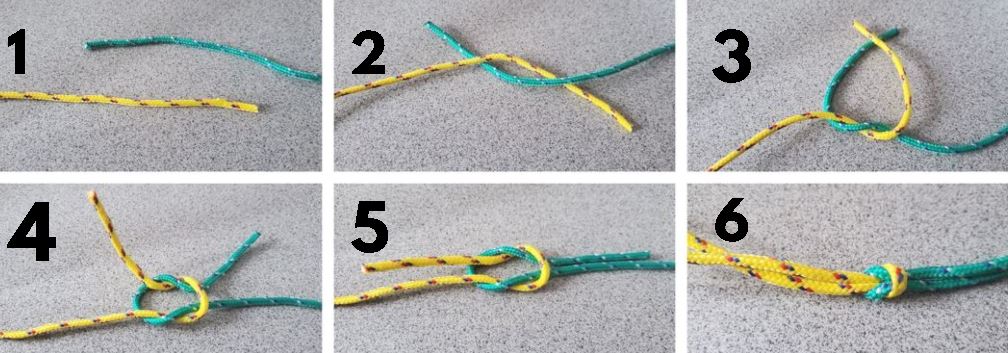
The square knot is very useful in situations such as tying bandages, tying a rope to a pole or joining two ropes together. It is easy to learn and does not slip as it can be tied in front of the object being secured. You should give this type of knot a try if you are into fishing or other activities that might require you to tie two ropes together.
- Figure Eight Knot - for fastening climbing harnesses onto carabiners, slings and loops on straps
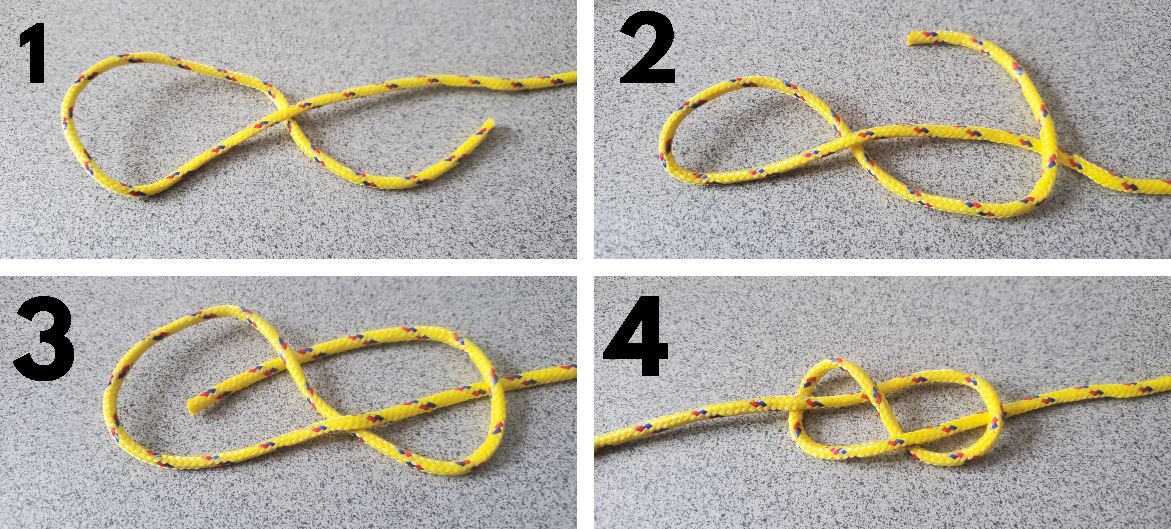
Anytime there is a need for a lightweight yet strong knot that tightens correctly, the Figure Eight Knot is the one to use. Simply put, it looks like an eight or infinity sign and it has wide applications when it comes to climbing, mountaineering and so on. Whenever you go camping, this type of knotcan come in handy in many situations.
- Clove Hitch - great for suspending tents, tarps and other objects from tree branches or overhead supports.
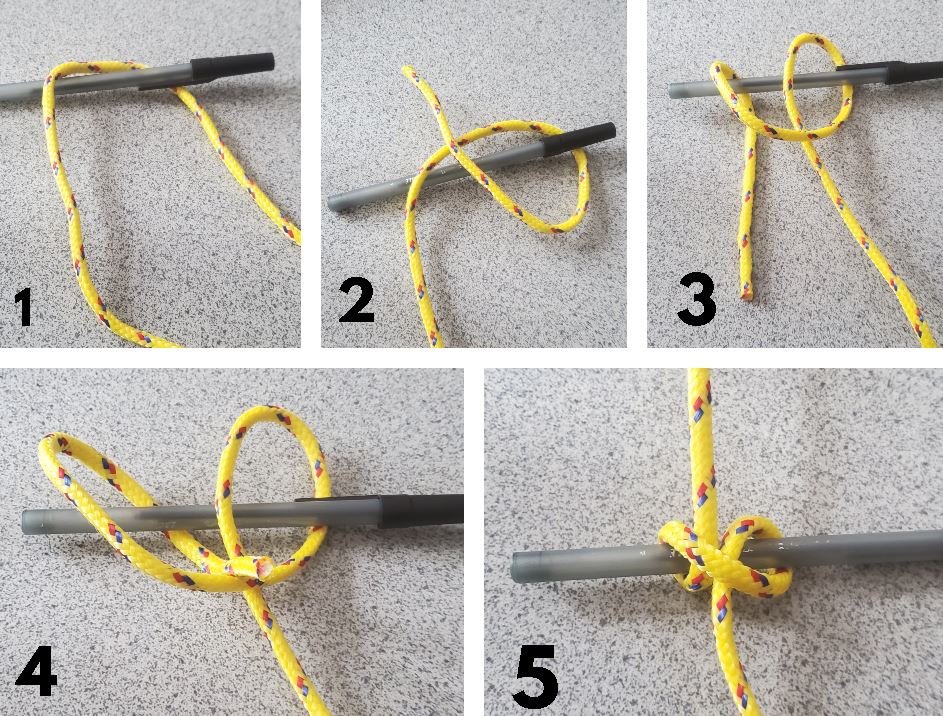
This knot can be used to tie up objects such as tents, tarps and so on. It is very durable and it will help you erect your shelter securely in no time. The good thing about this kind of knot is that you can tie the line around any object regardless of its shape and size. The clove hitch knot is simple to learn and it is great for beginners.
- Sheet Bend Knot - For joing two ropes together
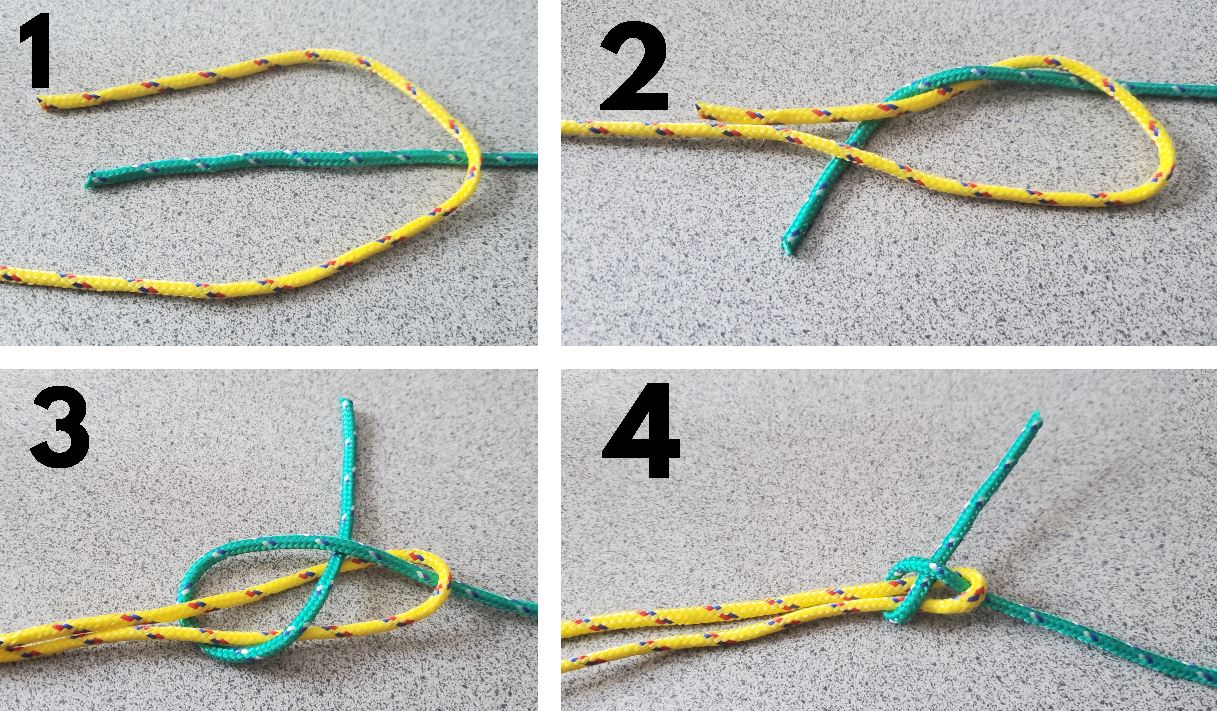
The sheet bend knot is a great way to join two ropes together and it can also come in handy when you need to tie two similar objects. This knot is easy to learn and it can be tied quickly.
This kind of knot is one of the most fundamental ones because it has many uses. It will help you connect your tarp or tent securely to other pegs and poles, but you can also use this knot to attach guy lines, stakes and more. The sheet bend knot comes with a tendency to loosen over time, so you will have to check up on that at regular intervals. You should be able to untie the sheet bend knot without too much difficulties if done properly, but nevertheless, practice makes perfect here as well.
- The Timber Hitch - for dragging logs or trees around.
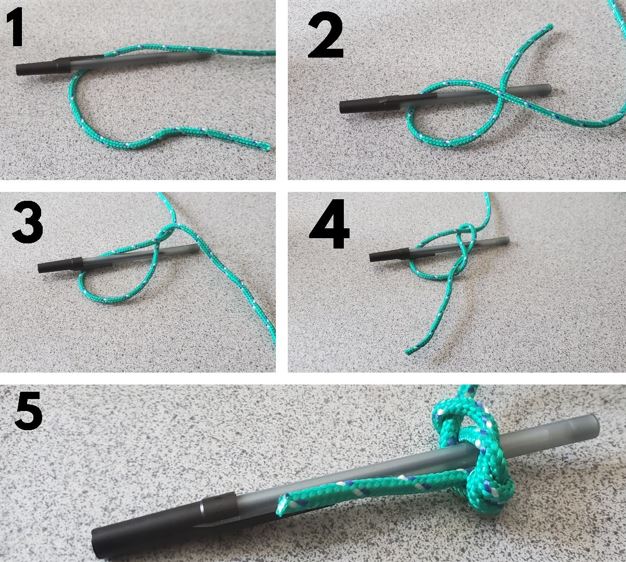
If you are ever on a campsite and need to move a log, the timber hitch knot is your safest bet. It will keep its grip on even wet logs and it won't come undone with strong jerks. Because of this, you can use it to drag trees around if needed. The knot has some disadvantages though - it doesn't do well with slippery materials. If you are tying the log or tree down, make sure that there is something for the rope to hold to otherwise it could slide out from under the knot and leave you hanging in mid-air.
